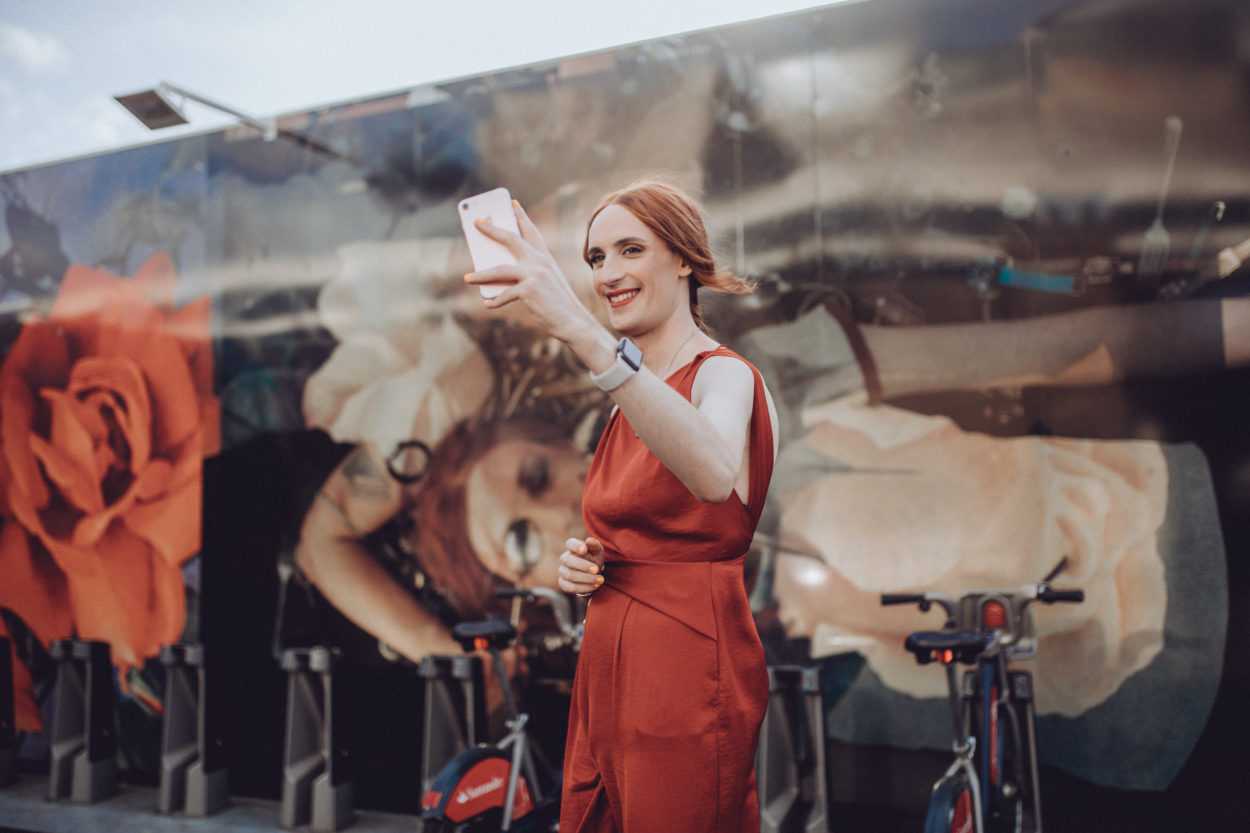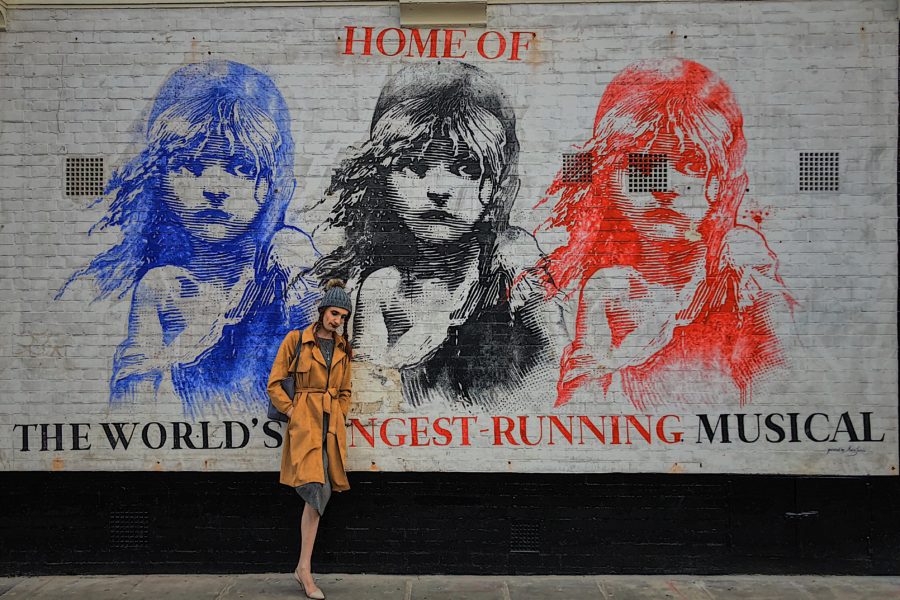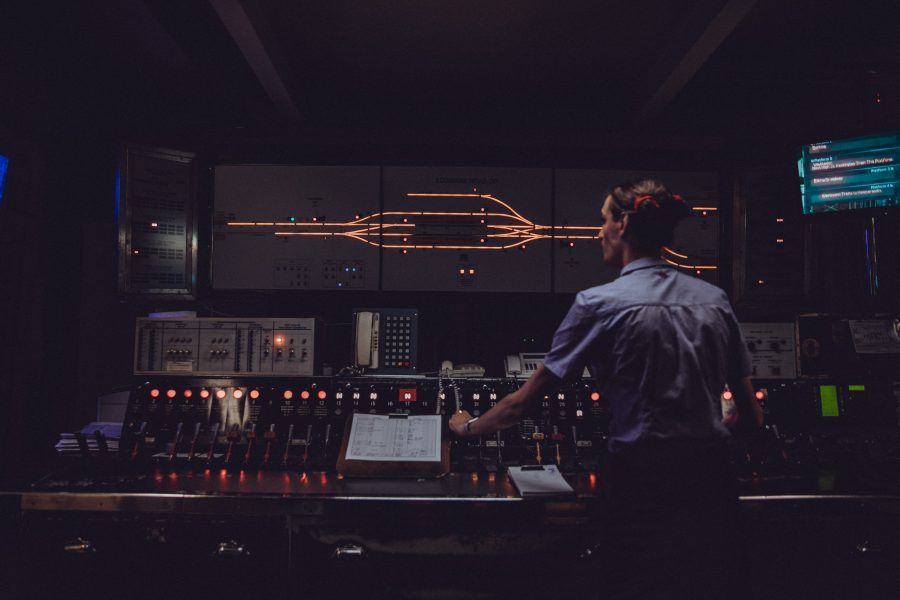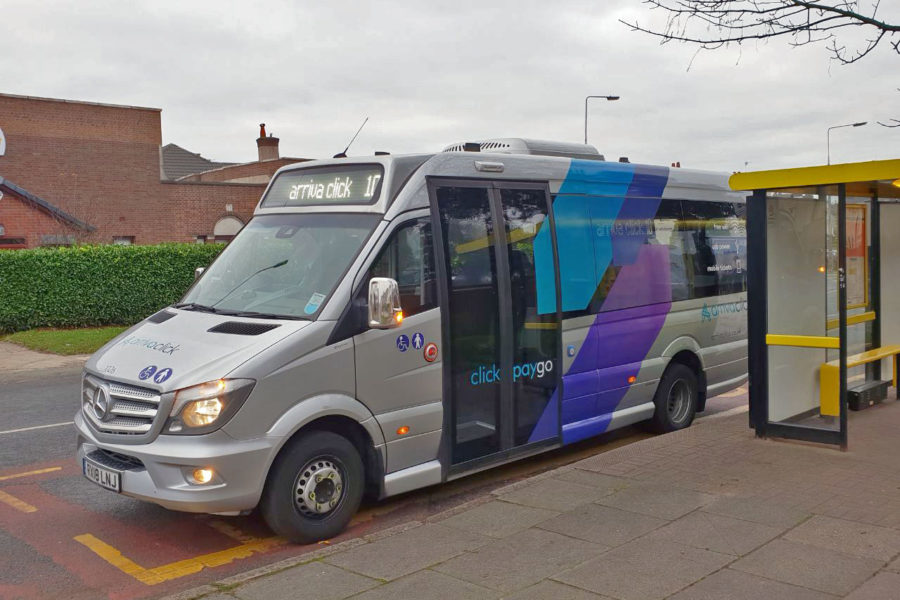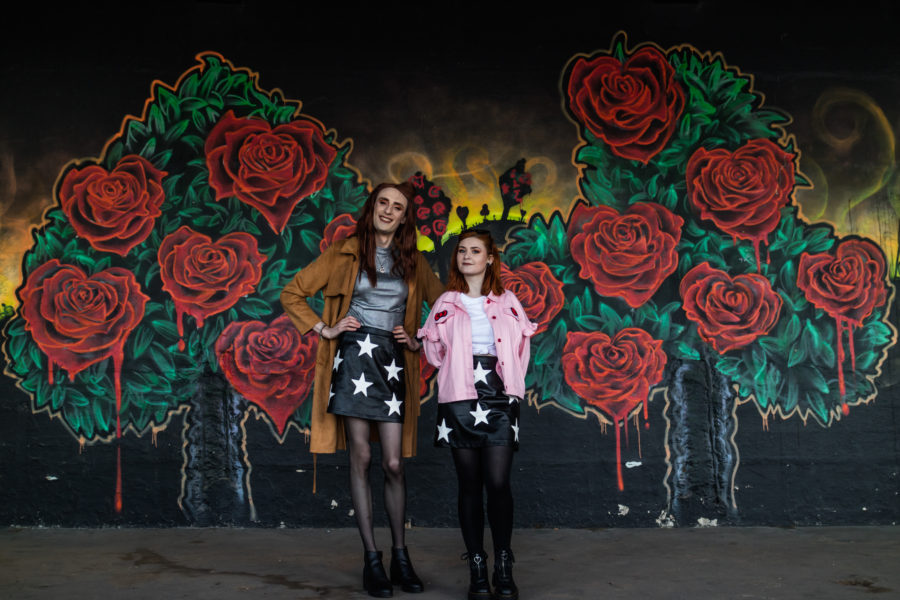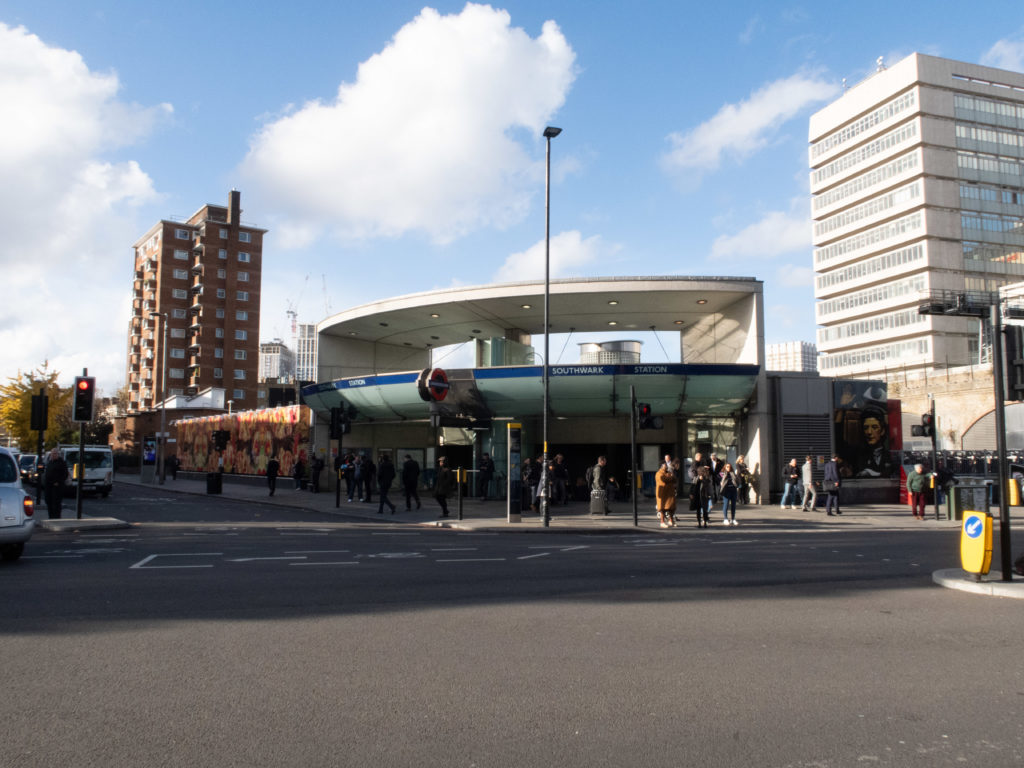
Over the last few years of my life I’ve had a pretty incredible ride – from viral tweets to virtual campaigns; mega mates to minor mishaps; life challenges to life changes. It has been A LOT.
Yet, somehow, I’ve not managed to blog about perhaps the biggest and proudest achievement of my entire life. That’s partly down to time, but also, I think, just not being able to quite find the words.
Until now.
It all started with a text message from a member of the Art on the Underground team: “We’re doing a new piece featuring strong and inspiring women within TfL, and we’d love you to be part of it. What do you think?”
Apprehensive, I responded positively. The seeds were sown, and everything that’s happened since is nothing short of incredible.
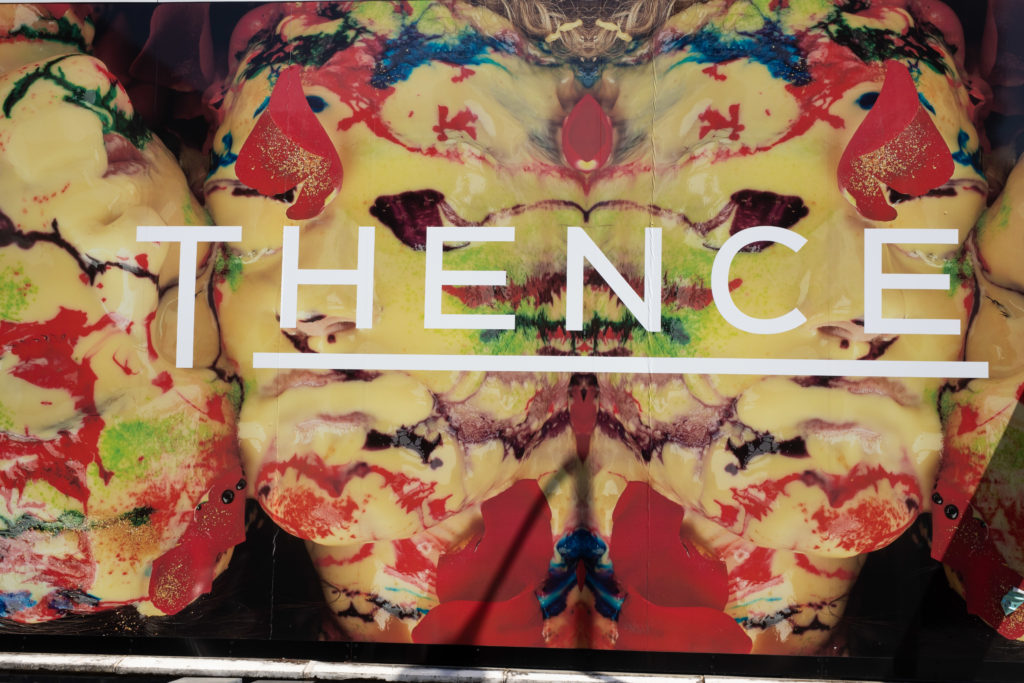
The Bower of Bliss
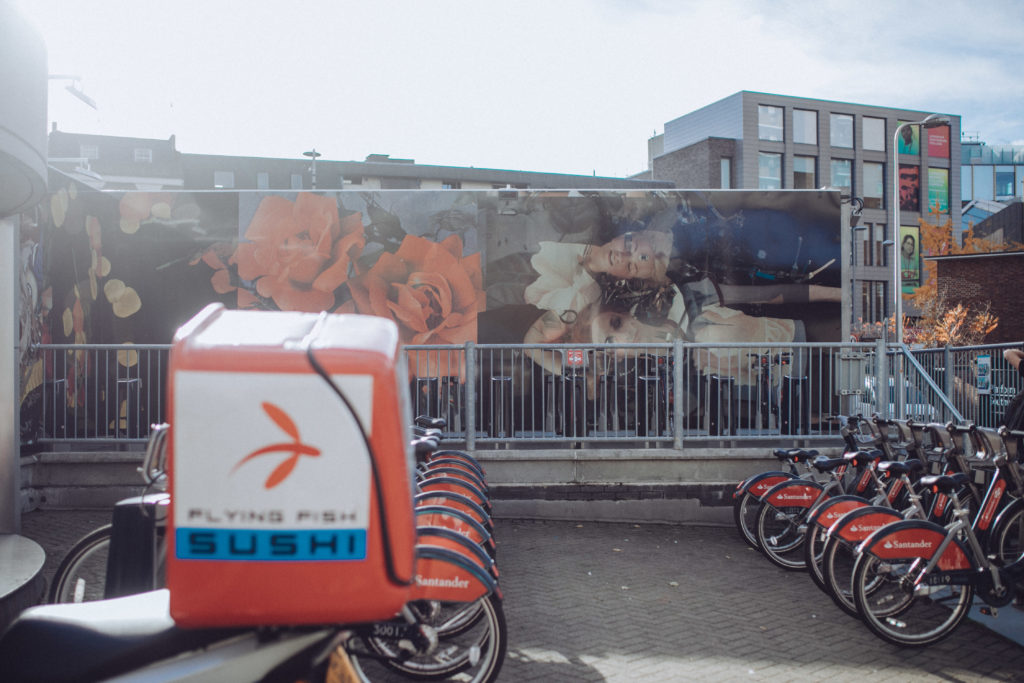
Launched on 8 November 2018 at Southwark Tube station, The Bower of Bliss captures the rich history of both the local area and the Underground itself, featuring a host of women from across history. Covering 85 metres of street-level billboard, the work reclaims the representation of women from the male gaze and is a picture of empowerment for women everywhere.
All women. Including me!
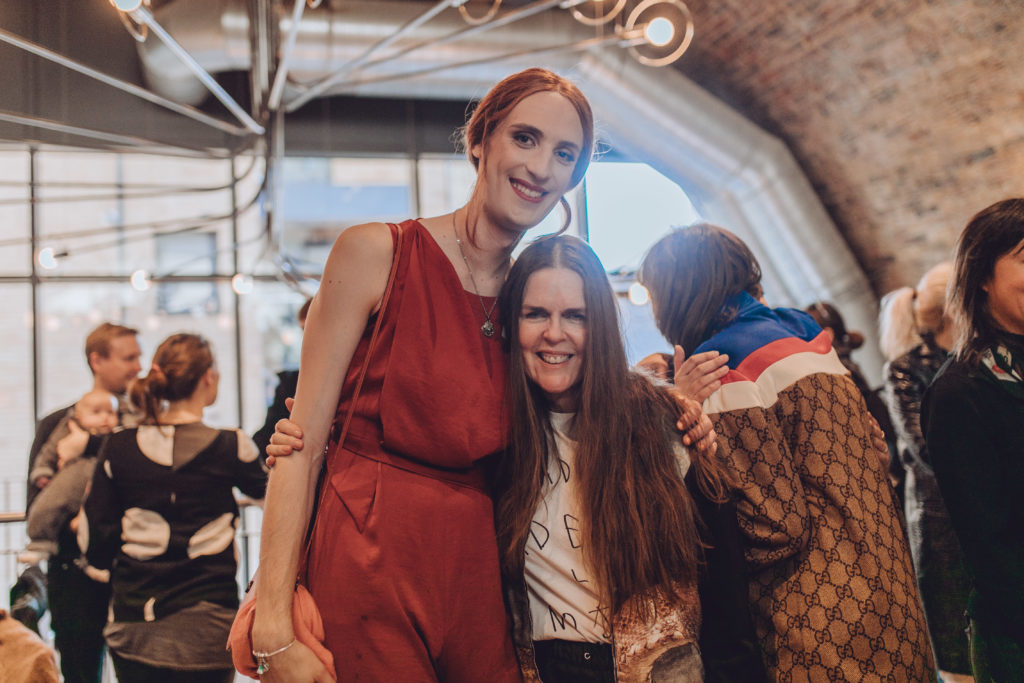
Devised by radical feminist artist Linder, The Bower of Bliss explores the histories, myths, fables and tales of women through the medium of photomontage. Multiple layers combine together to create the finished effect: from historical imagery from the archives of the London Transport Museum, the Southwark Cuming Museum Collection and the Transport for London Lost Property Office; to plants, flowers and aspects of nature; to the female form itself—sex workers from AD43 Londinium rub shoulders with an 1815 illustration of the Night Queen from Mozart’s The Magic Flute and some of the staff who keep the Underground moving today.
Even the title of the work reclaims and empowers: the origins of the word ‘bower’ are as a garden dwelling and peaceful space, before morphing into a site for excess, for lust—later still, in Victorian times, it would become slang for the female form itself. Women become nothing more than objects for the male gaze; a commodity, in fact.
Indeed, the phrase “Bowre of Blisse” itself appears in the second book of Edmund Spenser’s 16th century poem The Faerie Queene. The ‘Bowre’ is put forward as ‘a place pickt out by choice of best aliue’, and is the home of Acrasia, a seductress and temptress. It is a lustful and desirous place, comparable with the Garden of Eden. Spenser’s poetry follows the life of Sir Guyon who, along with other Knightsmen, is lured inside the Bowre. However, its beauty is fake; artificial. It’s almost too good to be true, leading Sir Guyon to resist the temptation and destroy the Bowre.
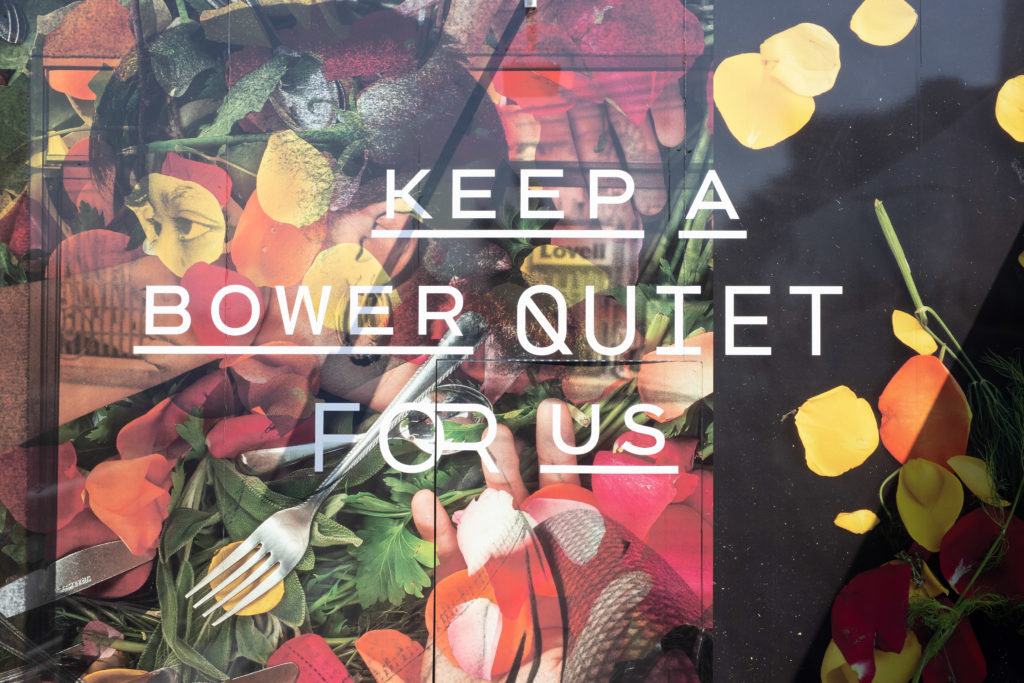
Linder sets out to echo and evolve these ideals; to turn Southwark station into a sanctuary and “an experiment to see if a station can become a safe space” for women, and to use billboards—invariably a platform used to market women—to celebrate women. Women are placed front and centre, but with a juxtaposition between roles. Portraits of women from the Windrush Generation rub shoulders with young models purely for pleasure; TfL staff past and present feature too, going about their work. A porter; a driver; a conductor—roles that for many years were barred to women but are incredibly crucial to the operation of the railways.
Railway links don’t stop there either. Southwark station itself features motifs from The Magic Flute; the blue glass walls lining the station’s mezzanine level were inspired by a 19th Century illustration of Mozart’s aria, and this was further built upon by Linder in a performance piece to mark the launch of the billboards. Also featuring heavily throughout the photomontage is the concept of time; hundreds of broken watches feature, giving the impression of stillness and something not quite right. It links back again to Spenser’s Bowre; an odd, surreal space at odds with reality. On a railway, of course, that reality is punctual time keeping.
A Place of Pilgrimage
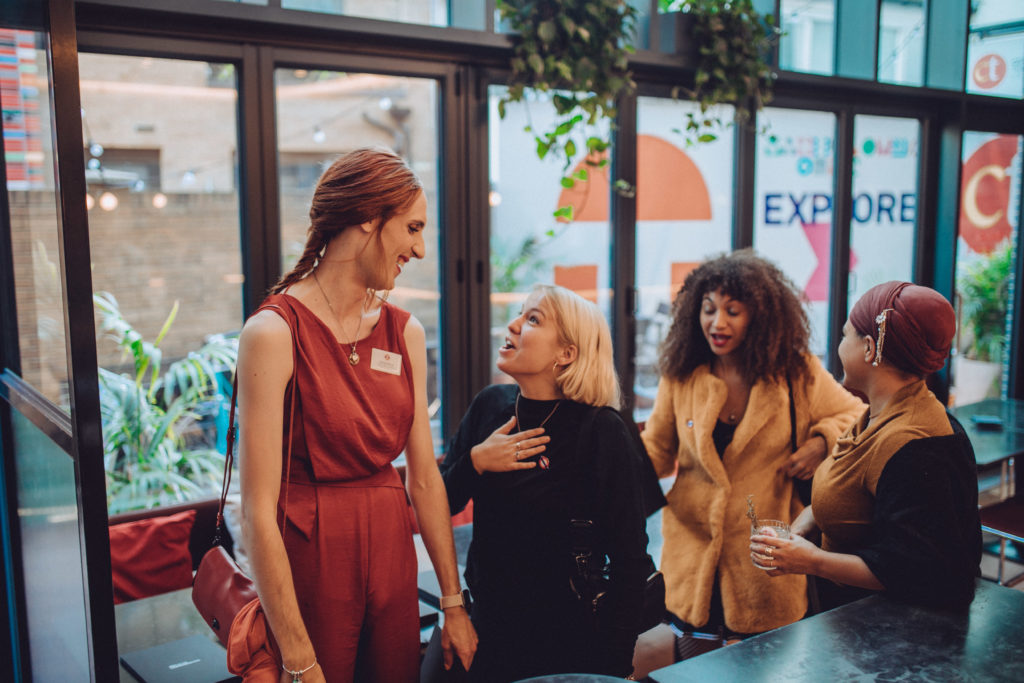
For many centuries, Southwark was a place of pilgrimage, starting or finishing at the nearby Cathedral. It would be remiss to not draw further parallels with the modern railway. Stations are gateways to and from the Tube network, connecting homes with places of work, or providing communities with vital lifelines. They can change lives and create lasting memories; in many respects, using a station is a modern-day pilgrimage, particularly at somewhere like Southwark which has a balance of both outward and inwards commuters.
Entering the station, you immediately begin to descend to platform level, down a staircase, an escalator. It’s a vertical history, digging through the layers of London and getting close to the Roman Londinium which would have played host to those self-same pilgrims centuries ago.
Linder’s work was heavily inspired by her own experiences; she spent four months around the station as Artist in Residence, with a studio space overlooking the site. This allowed her to hone and focus much of the imagery into the local area, helping to transform an otherwise fairly secluded area into a brighter, more vibrant place which tempts people off the main roads and to wander round and experience the full picture. We’re back to the concept of the Bower as a place of temptation, contrasted with the peace and tranquillity of 18th Century landscape gardens. Either of these vastly differing ideals can rightly be described as a ‘bower’.
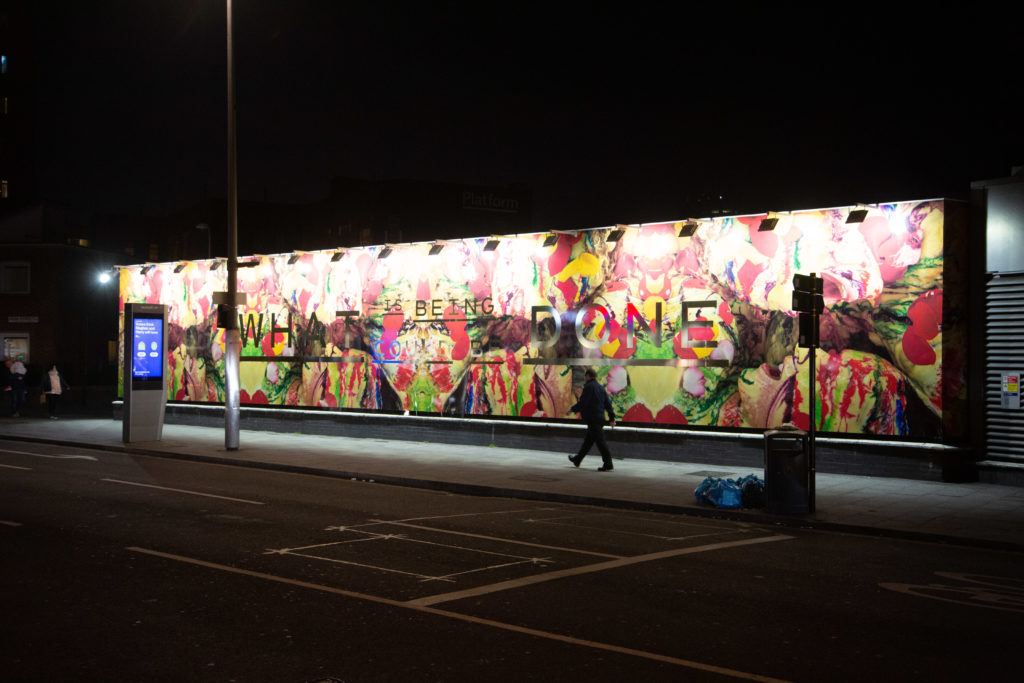
What Is Being Done Could Be Done
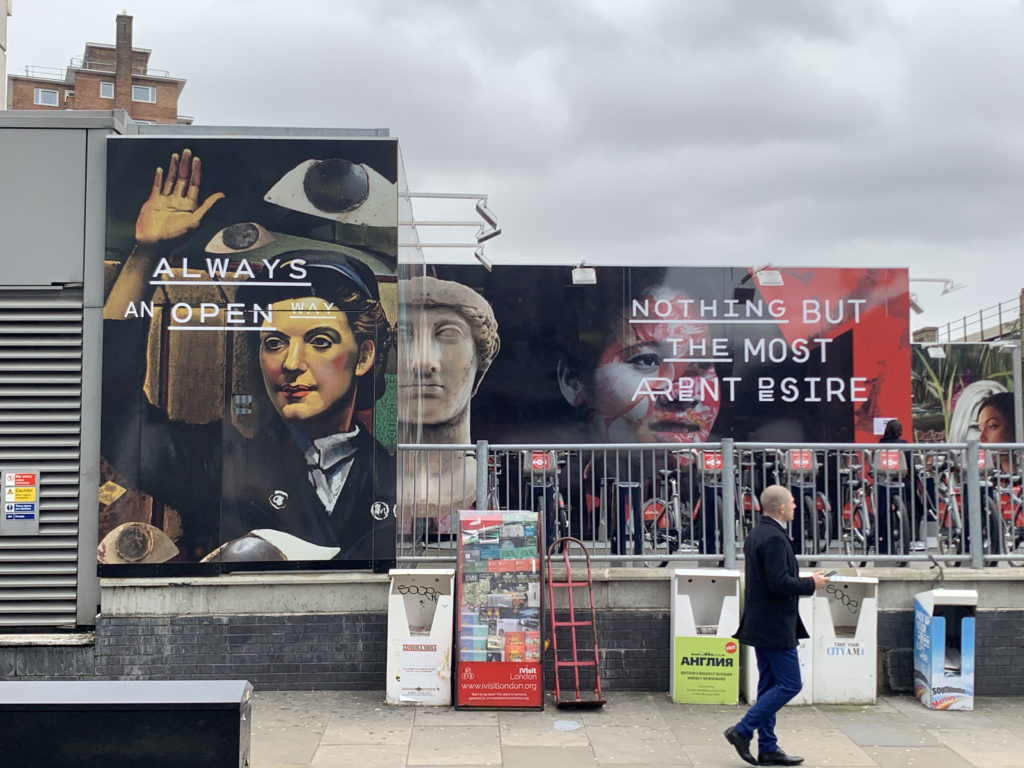
One of the most interesting aspects of Bower is its longevity. Originally intended as a 10-month commission, today marks the second anniversary of the billboards. Like advertising hoardings, it has changed frequently in that time, both deliberately and due to the effects of nature. The seasons have weathered the vibrant vinyl, whilst in places it has also worn. And yet, it retains its charm and its appeal—its women remain on prominent display to draw in the attention.
On the longest aspect lining The Cut, the billboards depict the faces of two women. What’s strange is that only the most noticeable features stand out; eyelashes, lips, noses. The finer, more elegant details of a woman’s image, almost hyper-sexualised and erotic in nature. The faces are covered with custard, further embellished with food colouring, glitter and rose petals. It’s an image of pure perversion, yet these women are not being used to sell anything. They simply exist for themselves, in their own space and with their own boundaries. They are not there for the male gaze: they are there for women.
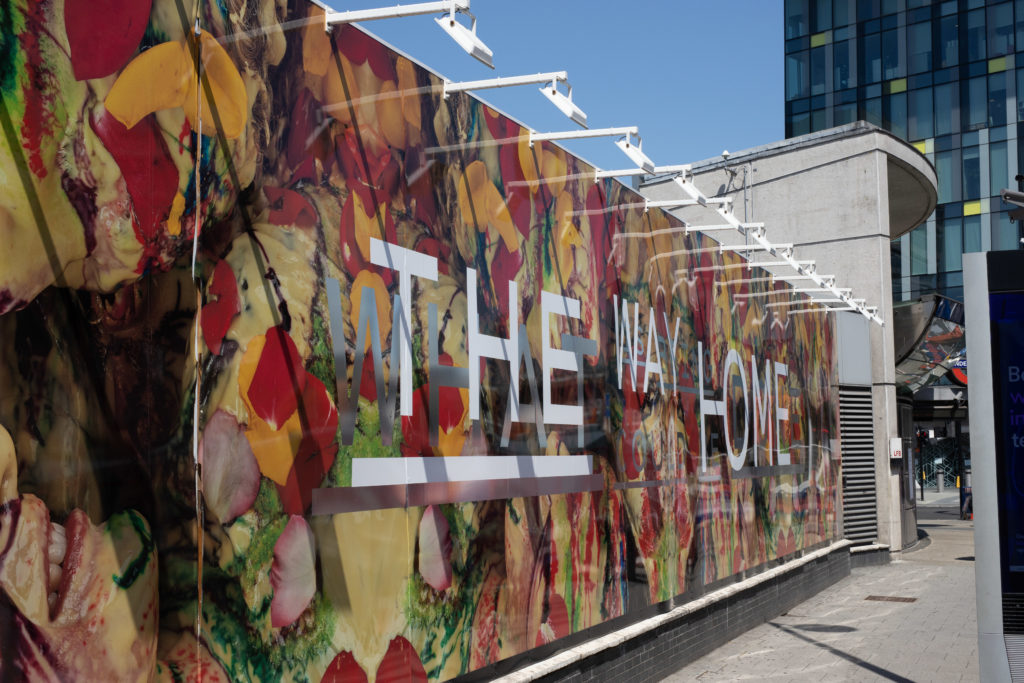
Indeed, it is this aspect that has also undergone some of the most visible obvious changes. Gold lettering asking the questions “What is being done? What could be done?” is added over the base layer, a call-to-action for passers-by. It’s an indictment of the patriarchy, and highlights that, despite increasing equality (let’s not forget that 2018 marked the 100th anniversary of the Representation of the People Act, which gave some women the right to vote for the first time) are we still doing enough?
Later, still more words were layered on, reflecting Linder’s specialism in collage and layering of imagery. This time “The Way Home” dominates in bold white lettering. But it is still an abstract – does it mean we are nearing the end? Could it be a suggestion that, really, nothing changes, and women still belong in a household? Or does it come back to the idea of pilgrimage; that once something is complete we return to the start… to do it all over again.
Queen of the Night (Shift)
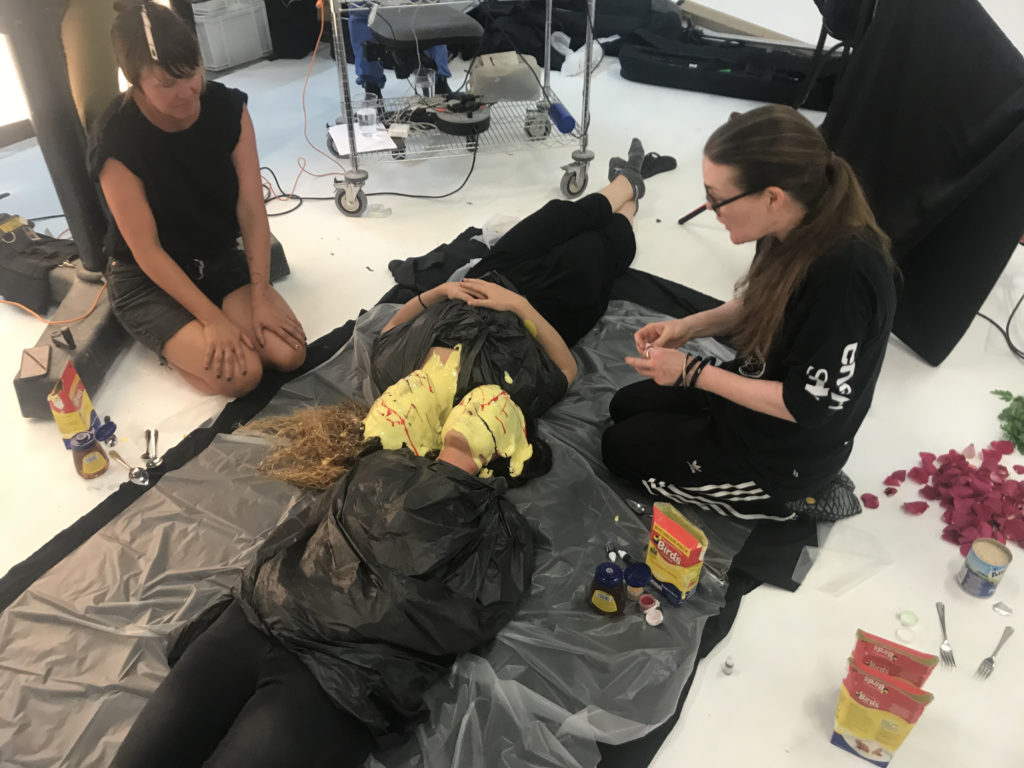
My own involvement with Bower is actually quite incredible—and nearly didn’t happen. On the day of the photoshoot, in a studio somewhere in east London, I was moving flats, packing up all of my belongings into a van at the start of what became one of the most tumultuous times of my life (although that’s a story for another day). With the hours rapidly running away (for both the shoot and the move!) I made it to the studio with little time to spare. A quick introduction to Linder and I was being prepped and ready, taking on a plain but moody look that would be enhanced with the motifs that appear throughout the piece. Precariously placed spoons and forks pinned me down, with the studio lighting and camera bearing down upon me. I won’t lie, it was an intense experience. Social anxiety coupled with the exhaustion of moving is never a good combination! But, we made it—and I even got to help set up the custard scene (after swiftly declining to be one of the victims participants).
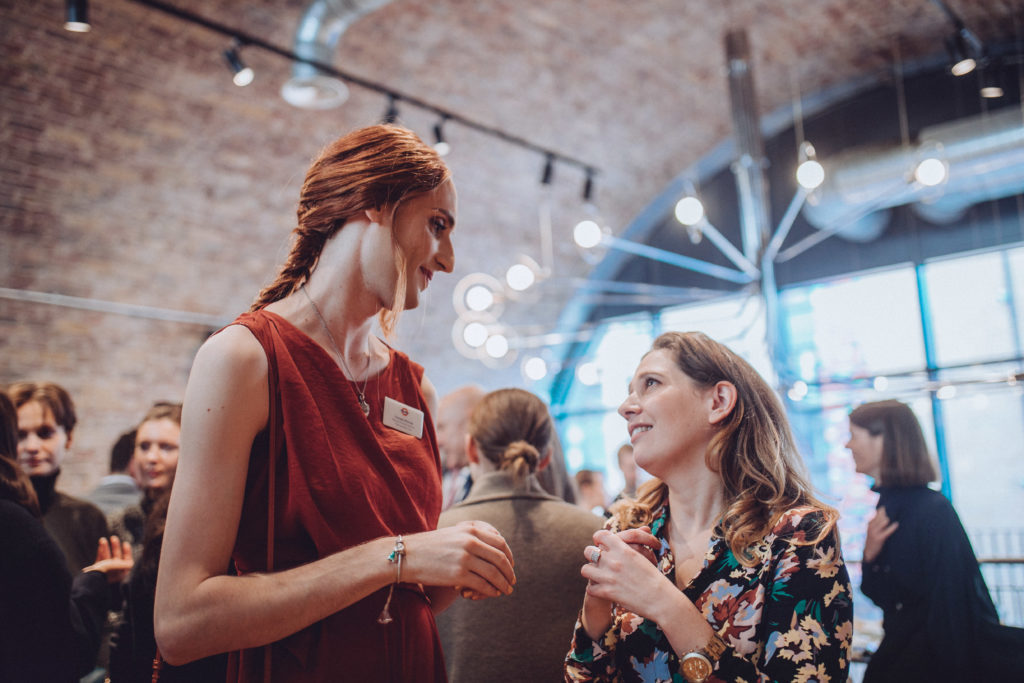
The commitment to inclusion and featuring both cis and trans women is, in my opinion, one of the piece’s biggest strengths. It connects and entwines women of all backgrounds and generations, empowering them and raising them up together, acknowledging their individual fights and struggles but showing that the way forwards is one of unity. It recognises that the Tube as a whole is made up of each of its constituent parts, with all required to keep things ticking over; whilst the running motif might be of broken watches, it is in fact this juxtaposition that centres the concept of time in what we do. Indeed, my (then) role as a signal operator is all about time keeping, managing the intervals between trains to provide a reliable service.
But the whole thing has proven something that should come as absolutely no surprise to anyone: my passion for the Tube, for TfL and for my signal levers, and moving heaven and earth to make things a reality.
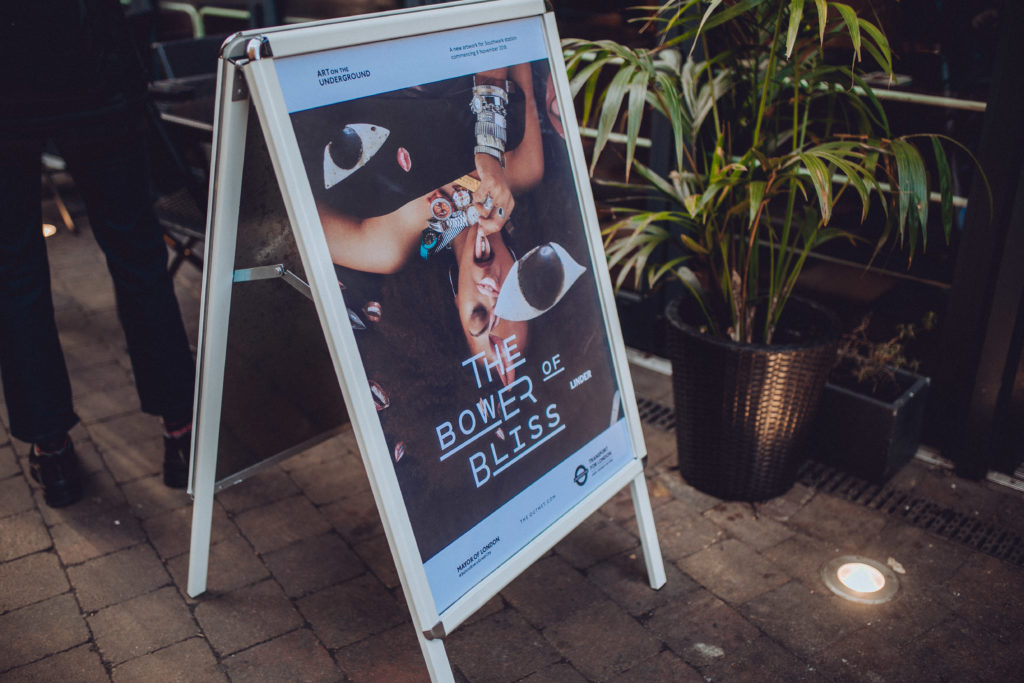
A comely personage of stature tall
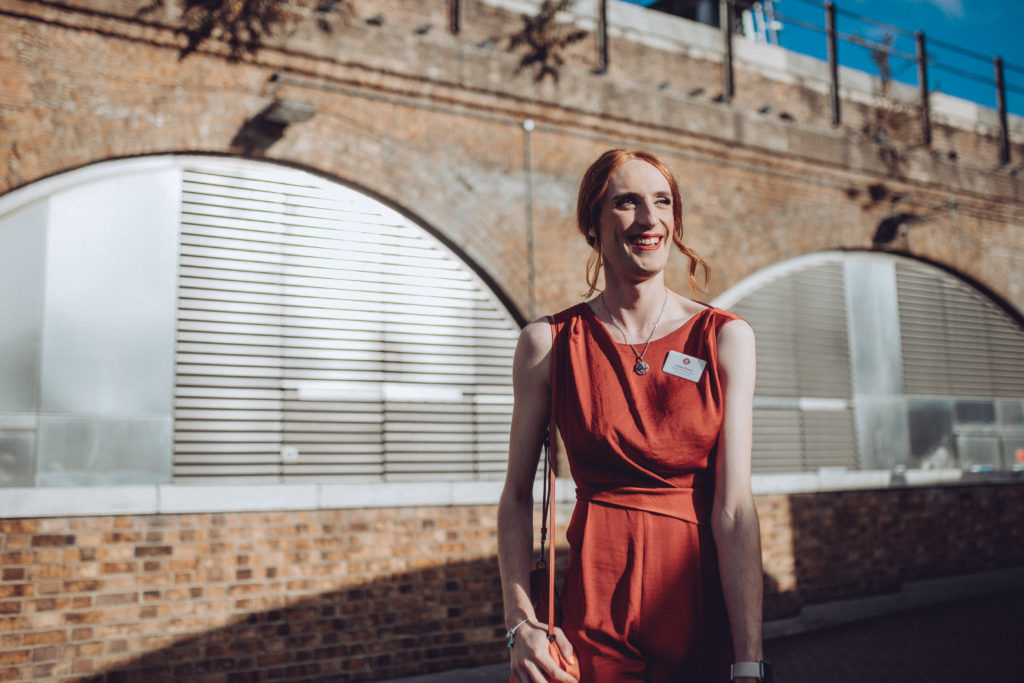
And so we come to 8 November 2018. It’s an early morning—too early. (I do not do mornings.) I’d booked myself into a hotel just around the corner from Southwark, and closer still to Bala Baya, the launch venue. The night before I’d been pampered to within an inch of my being; that morning, hair and make-up to cover the bags. Disaster almost struck when the electricity shorted in the room, but swift remedial action put the day back on track.
I’d also arranged the photographic genius of Kaye Ford to capture the proceedings, an inimitable event that would be the start of a great friendship between us. Having briefed Kaye, I then donned my 6″ Jimmy Choo heels and glided across to Bala Baya for one of the most incredible brunches I’ve ever had.
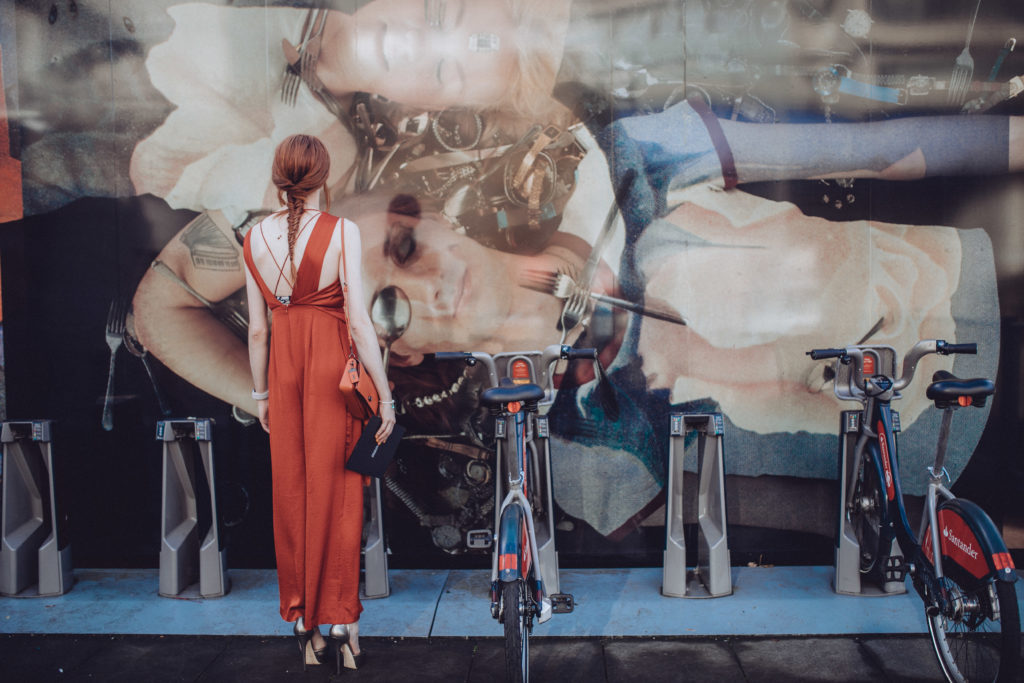
Walking in, I was (somehow to my complete surprise?) treated like a guest of honour, being ushered through the crowds and reintroduced to Linder and the rest of the cast of Bower. It was also lovely to catch up with the Art on the Underground team, an inspirational group of women who have been intertwined with my TfL career since even before day 1. It was also nice to meet and network with other stakeholders within TfL, and to explain more about both my role, my vision for diversity and my experiences as one of TfL’s first openly gender fluid staff.
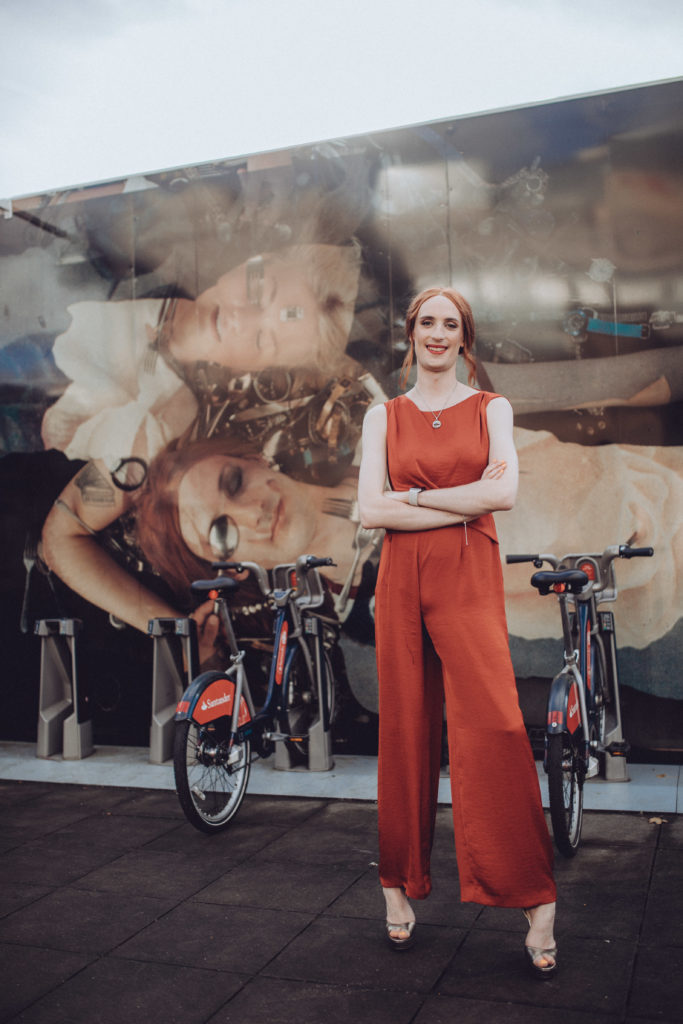
Suitably speeched, it was then time for the big reveal. I’d avoided seeing any of the piece until this moment, saving the big moment for the camera to be able to remember it for eternity. I’m so pleased I did; Kaye’s images beautifully capture the emotions I felt as I rounded the corner to the rear of the station. We were also blessed with gorgeous (if chilly!) weather, really allowing us to capture Bower in its full glory. I don’t know if it’s the lack of sleep or just the adrenaline, but I remember very little after that, aside from being completely on edge. I’m indebted to Kaye for being such a huge reassurance and professional, not only capturing the images but directing and guiding me into the finished poses and putting me at ease. As has become tradition with our shoots since, we also found time to have a laugh and a bit of fun, meandering around the parked Sadiq Cycles to get my face… with my face.
And semblaunce pleasing, more then naturall, That trauellers to him seemd to entize; His looser garment to the ground did fall, And flew about his heeles in wanton wize, Not fit for speedy pace, or many exercize.
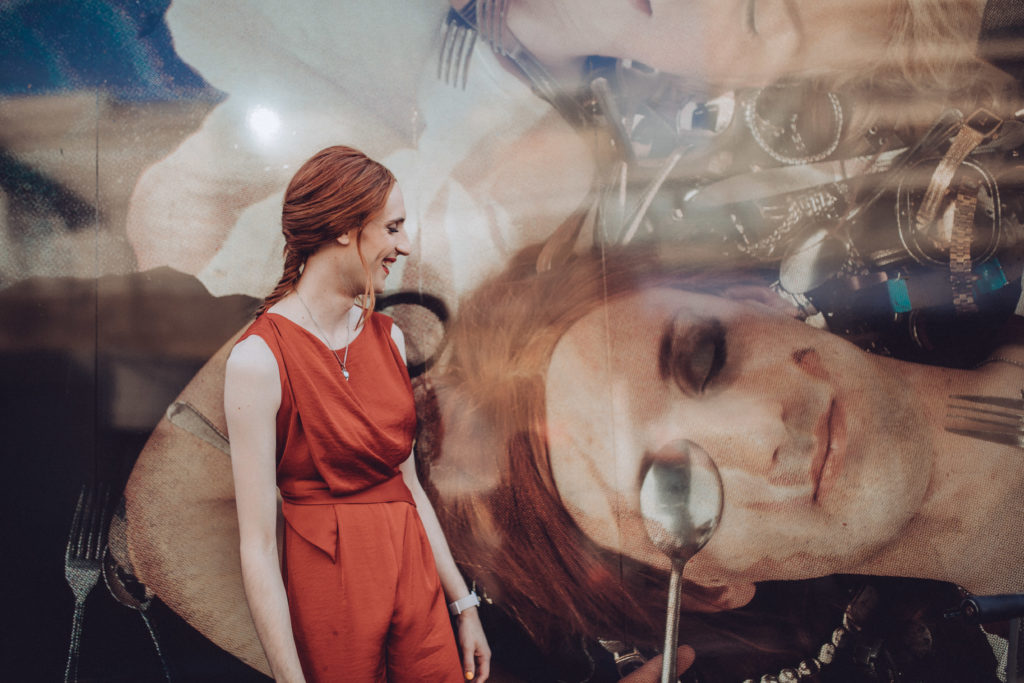
The Face2 Tour
Since November 2018 Southwark has become part of my own personal pilgrimage. I’ve visited the station at least once a month, both to remind myself of the beauty of Bower as well as how incredibly proud I am to have seen it. Many of the visits have been accompanied by friends wanting to also witness the spectacle of Two Charleys (CAN YOU IMAGINE?!), whilst the very notion of my face being on the side of the station has become a running in-joke amongst friends—what do you mean you haven’t heard the news?
It’s also become a place of personal self-confidence and belief; I did that, against all the odds. It serves as a testament to all of my achievements to date, as well as everything that is still to come. It is a symbol of what can (and will) be achieved both within the rail industry and Society as a whole, with the piece now taking its own place within both the history of the local area and the wider history of London’s transport. On some days I still can’t quite believe it’s happened, and equally it’s incredibly humbling to see people taking photos of my panel when I pass by. I’m just one small part of the wider piece (just like I’m one small cog within TfL, or indeed within the wider diversity and inclusion movement), but it’s so, so important in delivering the whole.
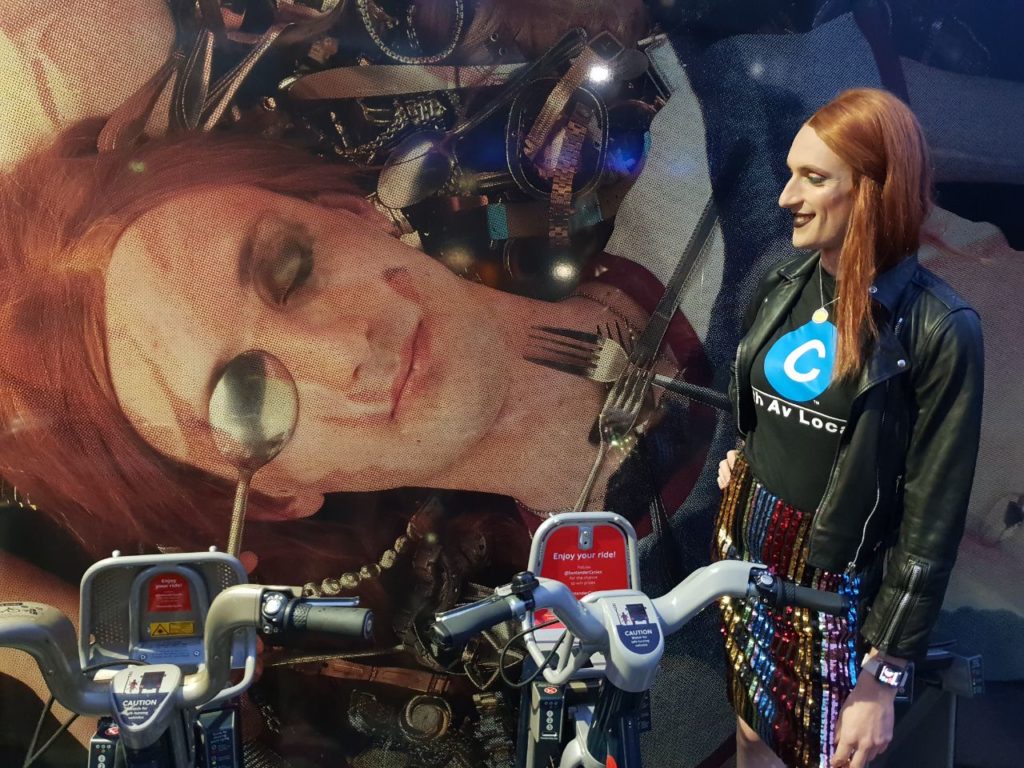
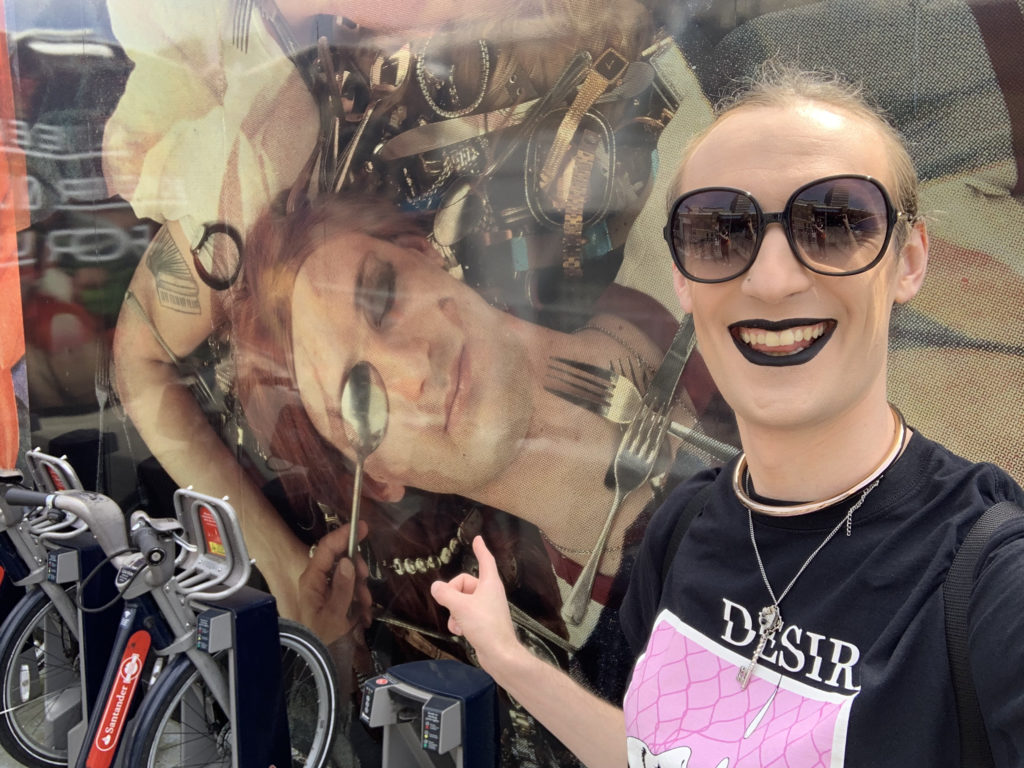
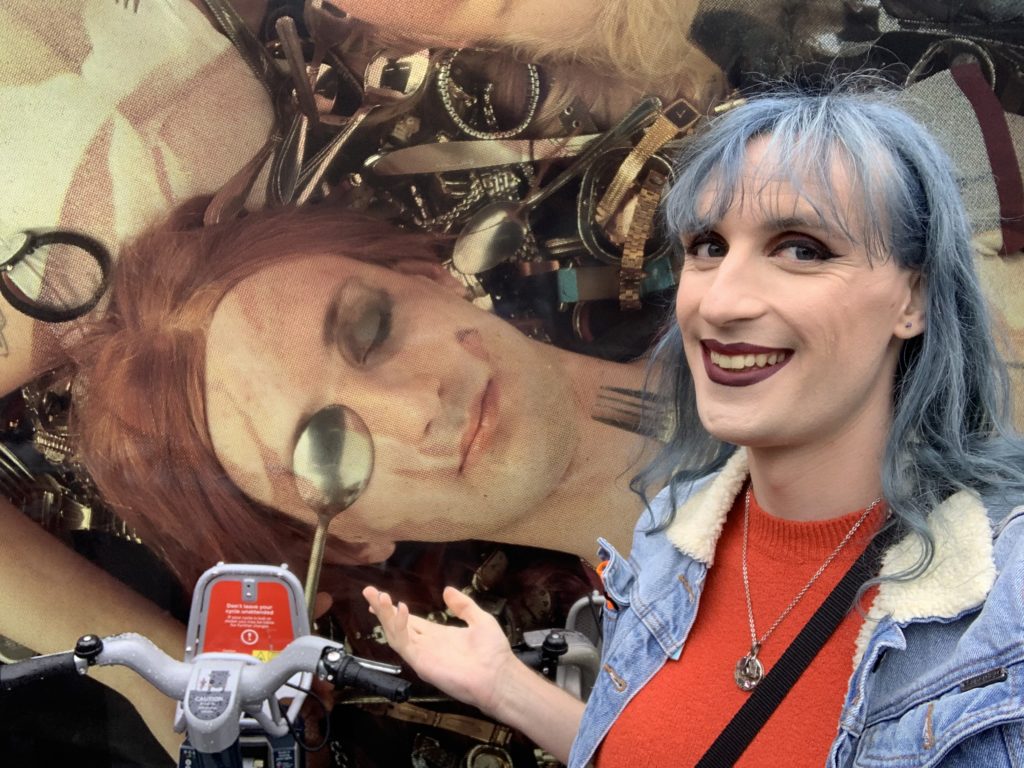
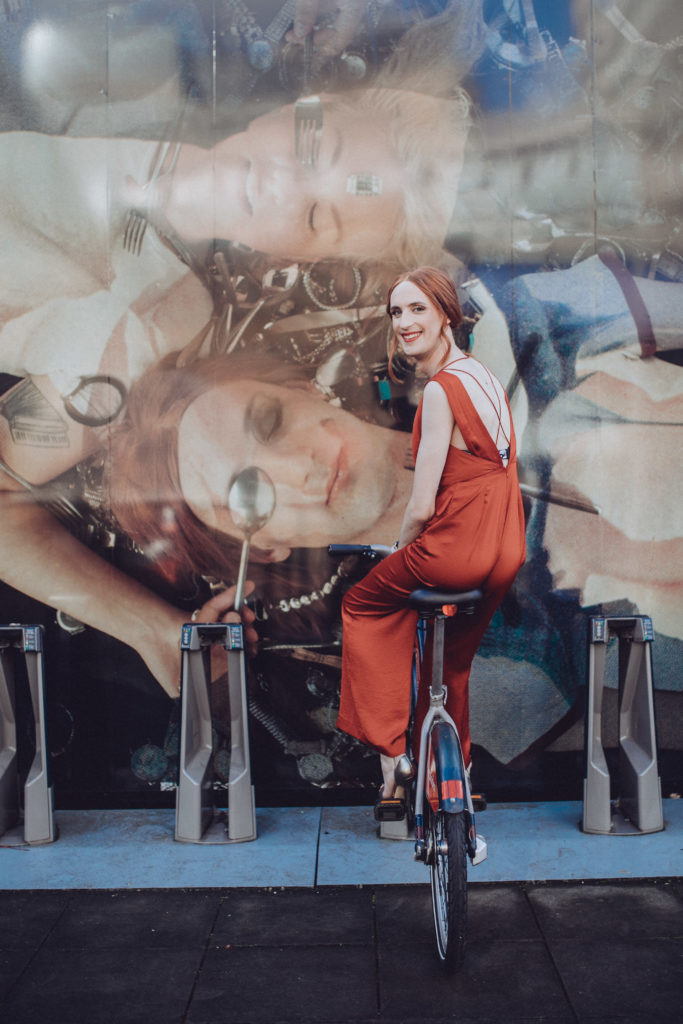
If you have a dream, jump for it. If there’s something you believe in, you can make it happen. The smallest of actions can change everything; anyone can become an inspiration. Make your space—your life—your very own Bower. Find sanctuary in yourself and in your being: you can do this.
Thank you so much to Linder, Kiera and the rest of the Art on the Underground team for the most incredible experience. It remains a privilege to have been a part of this, especially given the tumultuous times of the last year. Bower should never have made it to its second birthday, but it has; and it continues to bring empowerment to all those who see it. I don’t know how much longer it will be there for, but the memories will last forever.
Keep a Bower Quiet for Us.
You can find out more about The Bower of Bliss on the Art on the Underground website. All photographs, unless captioned with an asterisk*, are © Fordtography 2018.

